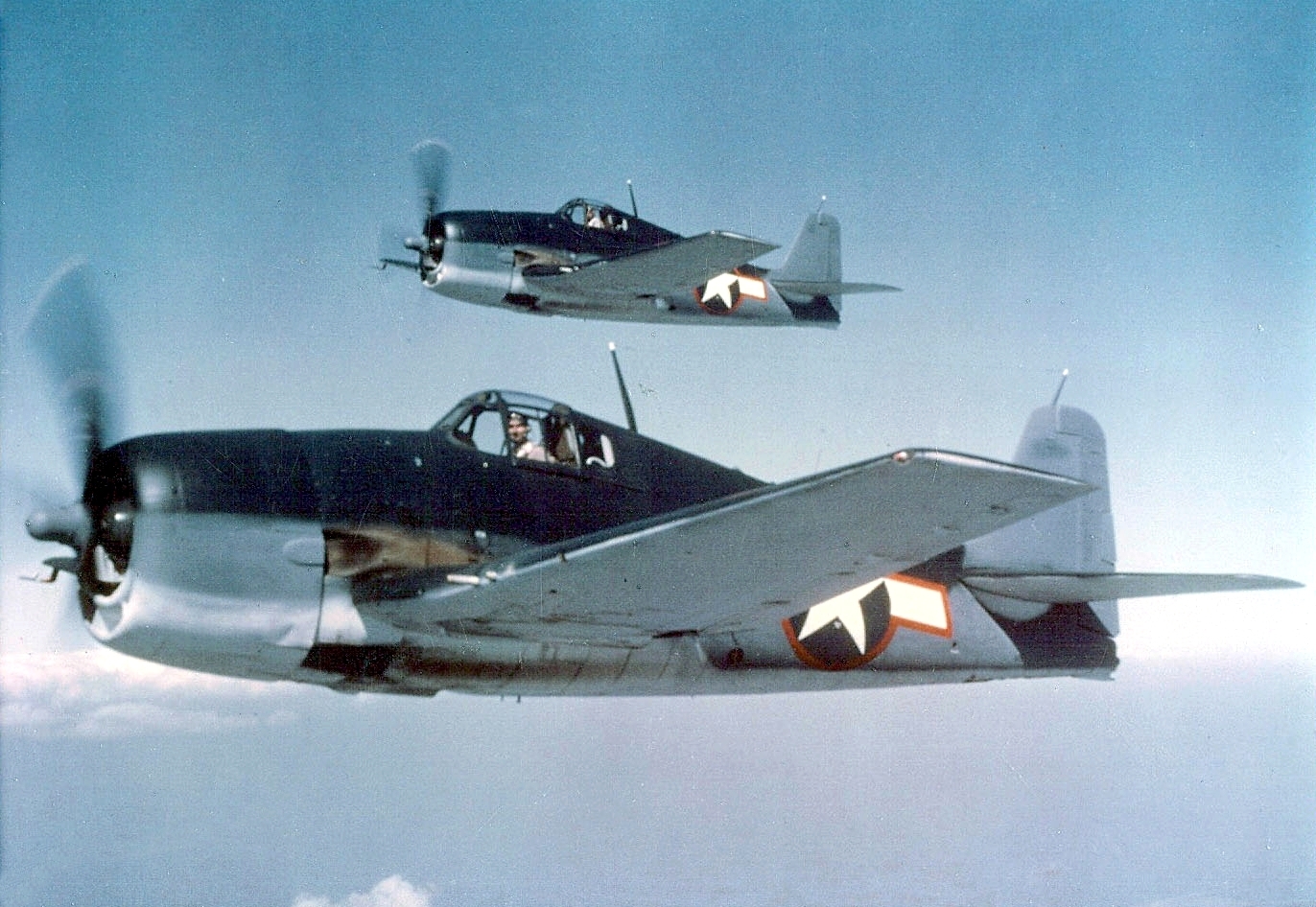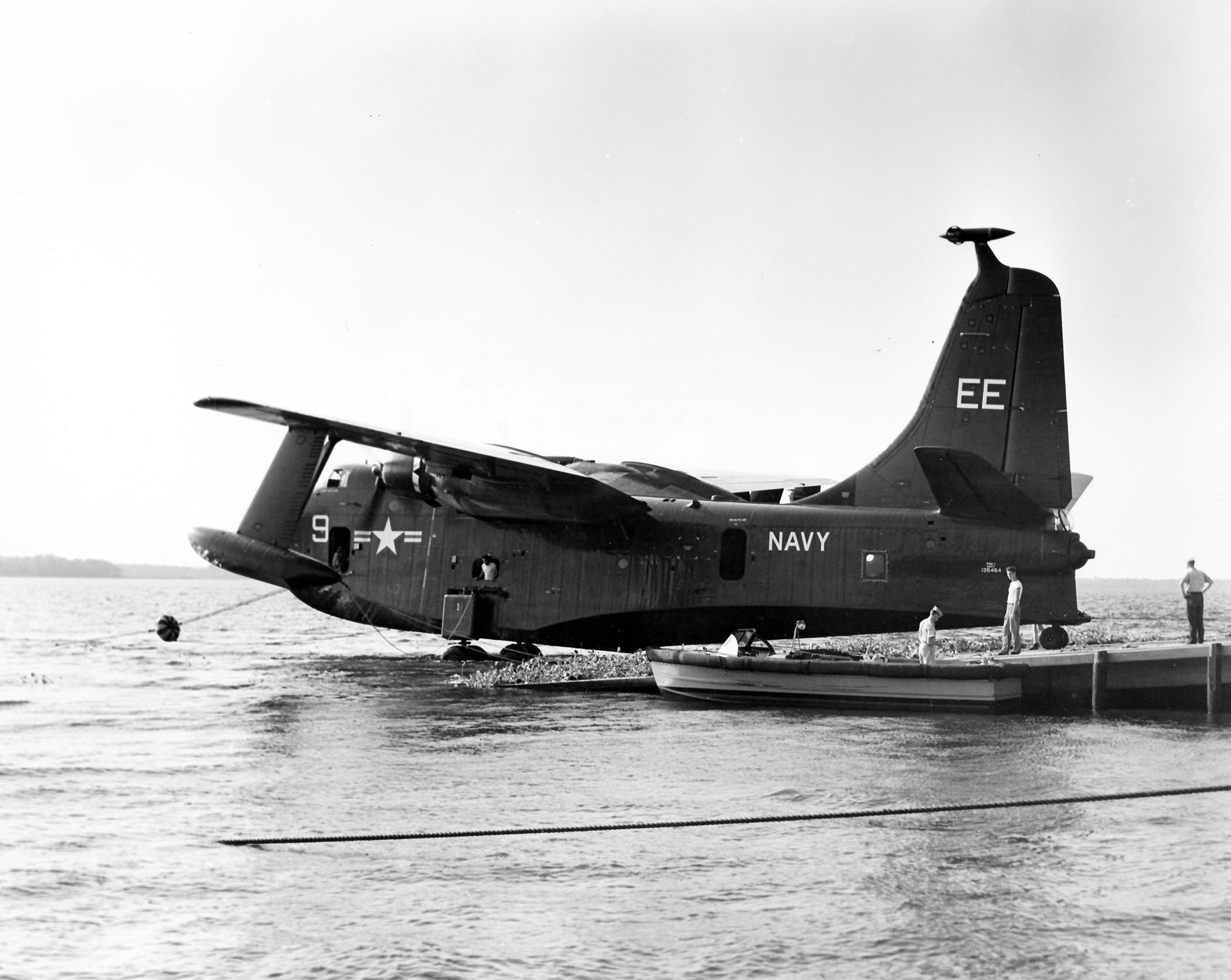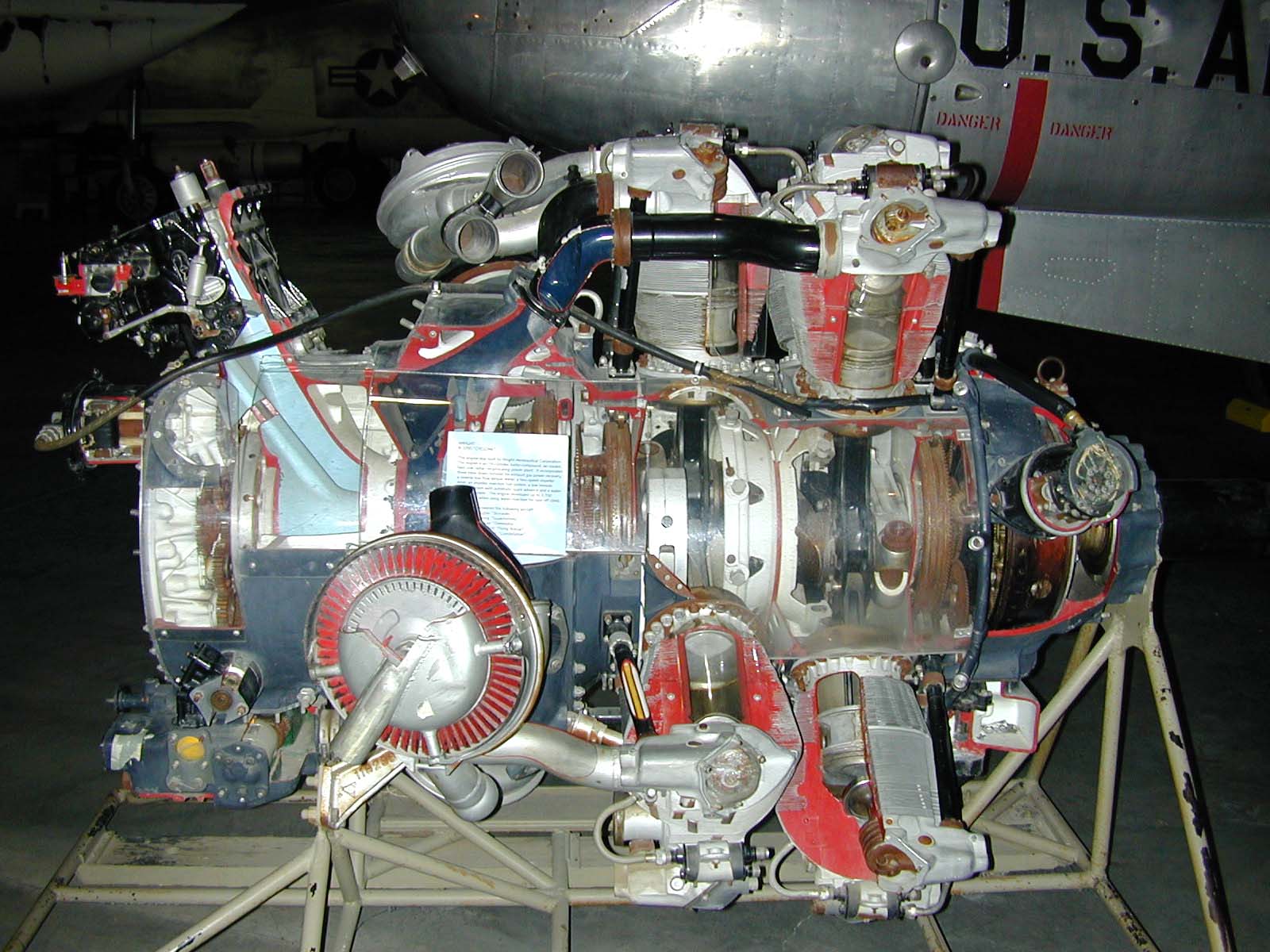|
Convair XP6Y
The Convair P6Y was an unbuilt aircraft designed by Convair in the 1950s. The design was initiated to meet a requirement of the United States Navy (USN) for an anti-submarine warfare seaplane. History The design was for a flying boat that would make use of boundary layer control to achieve slow speed flight. It was intended that this would enable the aircraft to land on the open ocean in rough seas and deploy a dipping sonar.P6Y web page at globalsecurity.org retrieved 2007-11-15. Other visual features of the design were an extremely large swept vertical fin that, combined with the dorsal fin and rudder, would have been about half the total length of the aircraft, and a thimble nose radome
[...More Info...] [...Related Items...] OR: [Wikipedia] [Google] [Baidu] |
Flying Boat
A flying boat is a type of fixed-winged seaplane with a hull, allowing it to land on water. It differs from a floatplane in that a flying boat's fuselage is purpose-designed for floatation and contains a hull, while floatplanes rely on fuselage-mounted floats for buoyancy. Though the fuselage provides buoyancy, flying boats may also utilize under-wing floats or wing-like projections (called sponsons) extending from the fuselage for additional stability. Flying boats often lack landing gear which would allow them to land on the ground, though many modern designs are convertible amphibious aircraft which may switch between landing gear and flotation mode for water or ground takeoff and landing. Ascending into common use during the First World War, flying boats rapidly grew in both scale and capability during the interwar period, during which time numerous operators found commercial success with the type. Flying boats were some of the largest aircraft of the first half of the 2 ... [...More Info...] [...Related Items...] OR: [Wikipedia] [Google] [Baidu] |
General Electric YJ85
The General Electric J85 is a small single-shaft turbojet engine. Military versions produce up to of thrust dry; afterburning variants can reach up to . The engine, depending upon additional equipment and specific model, weighs from . It is one of GE's most successful and longest in service military jet engines, with the civilian versions having logged over 16.5 million hours of operation. The United States Air Force plans to continue using the J85 in aircraft through 2040. Civilian models, known as the CJ610, are similar but supplied without an afterburner and are identical to non-afterburning J85 variants, while the CF700 adds a rear-mounted fan for improved fuel economy. Design and development The J85 was originally designed to power a large decoy missile, the McDonnell ADM-20 Quail. The Quail was designed to be released from a B-52 Stratofortress in-flight and fly for long distances in formation with the launch aircraft, multiplying the number of targets facing the SA-2 s ... [...More Info...] [...Related Items...] OR: [Wikipedia] [Google] [Baidu] |
Cancelled Military Aircraft Projects Of The United States
Cancel or cancellation may refer to: *Flight cancellation and delay, not operating a scheduled flight Sociology * Cancel culture, boycott and ostracism calling out offensive behavior on social media or in real life Technology and science *Cancel leaf, a bibliographic term for replaced leaves in printed books *Cancellation property, the mathematical property if ''a''×''b'' = ''a''×''c'' then ''b'' = ''c'' **Cancelling out, a technique for simplifying mathematical expressions * Catastrophic cancellation, numerical error arising from subtracting approximations to nearby numbers *Noise cancellation, a method for reducing unwanted sound *Phase cancellation, the effect of two waves that are out of phase with each other being summed *Cancel message, a special message used to remove Usenet articles posted to news servers * Cancel character, an indication that transmitted data are in error or are to be disregarded * Resolution rule, in propositional logic a valid inference rule ... [...More Info...] [...Related Items...] OR: [Wikipedia] [Google] [Baidu] |
Aircraft With Auxiliary Jet Engines
An aircraft is a vehicle that is able to fly by gaining support from the air. It counters the force of gravity by using either static lift or by using the dynamic lift of an airfoil, or in a few cases the downward thrust from jet engines. Common examples of aircraft include airplanes, helicopters, airships (including blimps), gliders, paramotors, and hot air balloons. The human activity that surrounds aircraft is called ''aviation''. The science of aviation, including designing and building aircraft, is called ''aeronautics.'' Crewed aircraft are flown by an onboard pilot, but unmanned aerial vehicles may be remotely controlled or self-controlled by onboard computers. Aircraft may be classified by different criteria, such as lift type, aircraft propulsion, usage and others. History Flying model craft and stories of manned flight go back many centuries; however, the first manned ascent — and safe descent — in modern times took place by larger hot-air ball ... [...More Info...] [...Related Items...] OR: [Wikipedia] [Google] [Baidu] |
Convair Aircraft
Convair, previously Consolidated Vultee, was an American aircraft manufacturing company that later expanded into rockets and spacecraft. The company was formed in 1943 by the merger of Consolidated Aircraft and Vultee Aircraft. In 1953, it was purchased by General Dynamics, and operated as their Convair Division for most of its corporate history. Convair is best known for its military aircraft; it produced aircraft such as the Convair B-36 Peacemaker and Convair B-58 Hustler strategic bombers, and the Convair F-102 Delta Dagger and Convair F-106 Delta Dart interceptors. It also manufactured the first Atlas rockets, including the rockets that were used for the crewed orbital flights of Project Mercury. The company's subsequent Atlas-Centaur design continued this success and derivatives of the design remain in use as of 2020. The company also entered the jet airliner business with its Convair 880 and Convair 990 designs. These were smaller than contemporary aircraft like t ... [...More Info...] [...Related Items...] OR: [Wikipedia] [Google] [Baidu] |
List Of Flying Boats And Floatplanes
The following is a list of seaplanes, which includes floatplanes and flying boats. A seaplane is any airplane that has the capability of landing and taking off from water, while an amphibian is a seaplane which can also operate from land. (They do not include rotorcraft, or ground-effect vehicles which can only skim along close to the water) A flying boat relies on its main hull for buoyancy, while a floatplane has a conventional aircraft fuselage fitted with external floats. In some locales, the term "seaplane" is used as a synonym for floatplane. List A small number of seaplanes have retractable beaching gear, which is not capable of being used for landings and takeoffs, but these remain flying boats or floatplanes and are not amphibians. Many floatplanes, especially those since 1945, can have either conventional floats for operating just from water, or amphibious floats, which have retractable undercarriage built into them. Some experimental flying boats have used skis o ... [...More Info...] [...Related Items...] OR: [Wikipedia] [Google] [Baidu] |
List Of United States Navy Aircraft Designations (pre-1962)
This list of United States Navy aircraft designations (pre-1962) includes prototype, pre-production and operational type designations under the 1922 United States Navy aircraft designation system, which was used by the United States Navy, the United States Marine Corps, and the United States Coast Guard. The list also includes airships, which were designated under different systems than fixed-wing aircraft and rotorcraft until 1954, and naval aircraft that received designations under the 1911 and 1914 U.S. Navy systems, which were sequential by manufacturer and/or aircraft class, and did not convey information about the aircraft's mission. For aircraft designations under the U.S. Army Air Force/U.S. Air Force system or the post-1962 Tri-Service system—which includes U.S. Navy, Marine Corps and Coast Guard aircraft currently in service—see List of military aircraft of the United States. For Navy, Marine Corps and Coast Guard aircraft that did not receive formal designations� ... [...More Info...] [...Related Items...] OR: [Wikipedia] [Google] [Baidu] |
Martin P5M Marlin
The Martin P5M Marlin (P-5 Marlin after 1962), built by the Glenn L. Martin Company of Middle River, Maryland, was a twin piston-engined flying boat that entered service in 1951, and served into the late 1960s with the United States Navy performing naval patrols. It also served with the United States Coast Guard and the French Navy. 285 were produced. Development Built as a successor to the PBM Mariner, it had better engines, an improved hull, and a single vertical fin tail. The XP5M Marlin prototypes were based on the last PBM-5 Mariners, the company designation being Model 237. The type was heavily improved, again leading to the P5M-2 (Model 237B), which was redesignated SP-5B. A number of P5M-1 models were also used for training, designated TP-5A (after 1962). Design The Marlin was designed as a gull-winged aircraft to place the engines and propellers high above the spray. Power was provided by two Wright R-3350 radial engines. The rear hull did not lift sharply from t ... [...More Info...] [...Related Items...] OR: [Wikipedia] [Google] [Baidu] |
Beriev Be-6
The Beriev Be-6 (USAF/DoD reporting name "Type 34", NATO reporting name "Madge") was a flying boat produced by the Soviet Union, Soviet Beriev Aircraft Company, Beriev OKB. It was capable of accomplishing a wide variety of missions, such as long-range maritime reconnaissance, coastal and supply line patrols, torpedo/bombing strikes, Naval mine, mine-laying, and transport operations. Design and development The Be-6 was a gull wing, gull-winged aircraft with twin oval vertical stabilizers on top of a deep fuselage. The aircraft was of all-metal construction except for fabric covering the rudders and ailerons. The engines were installed in the bends of the wings, with the floats on an underwing cantilever rack. Each float was divided into four watertight compartments. Operational history The Be-6 was built from 1949 in aviation, 1949 to 1957 in aviation, 1957 at the Beriev plant in Taganrog. The aircraft had 19 variants through its production cycle, and 123 aircraft were eventually ... [...More Info...] [...Related Items...] OR: [Wikipedia] [Google] [Baidu] |
Wright R-3350
The Wright R-3350 Duplex-Cyclone is an American twin-row, supercharged, air-cooled, radial aircraft engine with 18 cylinders displacing nearly . Power ranged from 2,200 to over 3,700 hp (1,640 to 2,760 kW), depending on the model. Developed before World War II, the R-3350's design required a long time to mature before finally being used to power the Boeing B-29 Superfortress. After the war, the engine had matured sufficiently to become a major civilian airliner design, notably in its turbo-compound forms, and was used in the Lockheed L-1049 Super Constellation airliners into the 1990s. The engine is commonly used on Hawker Sea Fury and Grumman F8F Bearcat Unlimited Class Racers at the Reno Air Races. Its main rival was the , Pratt & Whitney R-4360 Wasp Major, first run some seven years after the Duplex-Cyclone's beginnings. Design and development In 1927, Wright Aeronautical introduced its famous "Cyclone" engine, which powered a number of designs in the 193 ... [...More Info...] [...Related Items...] OR: [Wikipedia] [Google] [Baidu] |
Convair
Convair, previously Consolidated Vultee, was an American aircraft manufacturing company that later expanded into rockets and spacecraft. The company was formed in 1943 by the merger of Consolidated Aircraft and Vultee Aircraft. In 1953, it was purchased by General Dynamics, and operated as their Convair Division for most of its corporate history. Convair is best known for its military aircraft; it produced aircraft such as the Convair B-36 Peacemaker and Convair B-58 Hustler strategic bombers, and the Convair F-102 Delta Dagger and Convair F-106 Delta Dart interceptors. It also manufactured the first Atlas rockets, including the rockets that were used for the crewed orbital flights of Project Mercury. The company's subsequent Atlas-Centaur design continued this success and derivatives of the design remain in use as of 2020. The company also entered the jet airliner business with its Convair 880 and Convair 990 designs. These were smaller than contemporary aircraft like ... [...More Info...] [...Related Items...] OR: [Wikipedia] [Google] [Baidu] |








